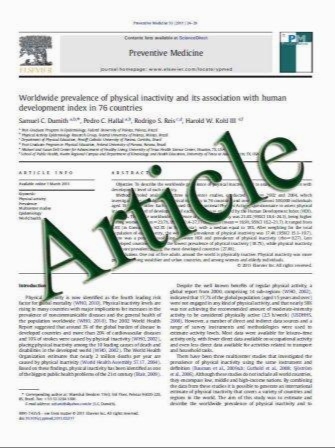Comparison of the prognostic and predictive utilities of the 21-gene Recurrence Score assay and Adjuvant! for women with node-negative, ER-positive breast cancer: results from NSABP B-14 and NSABP B-20
- نوع فایل : کتاب
- زبان : انگلیسی
- مؤلف : Gong Tang Steven Shak Soonmyung Paik Stewart J. Anderson Joseph P. Costantino Charles E. Geyer Jr. Eleftherios P. Mamounas D. Lawrence W
- چاپ و سال / کشور: 2011
Description
The Oncotype DX Recurrence Score (RS) is a validated genomic predictor of outcome and response to adjuvant chemotherapy in ER-positive breast cancer. Adjuvant! was developed using SEER registry data and results from the Early Breast Cancer Clinical Trialists’ overview analyses to estimate outcome and benefit from adjuvant hormonal therapy and chemotherapy. In this report we compare the prognostic and predictive utility of these two tools in node-negative, ER-positive breast cancer. RS and Adjuvant! results were available from 668 tamoxifen-treated NSABP B-14 patients, 227 tamoxifentreated NSABP B-20 patients, and 424 chemotherapy plus tamoxifen-treated B-20 patients. Adjuvant! results were also available from 1952 B-20 patients. The primary endpoint was distant recurrence-free interval (DRFI). Cox proportional hazards models were used to compare the prognostic and predictive utility of RS and Adjuvant!. Both RS (P\0.001) and Adjuvant! (P = 0.002) provided strong independent prognostic information in tamoxifentreated patients. Combining RS and individual clinicopathologic characteristics provided greater prognostic discrimination than combining RS and the composite Adjuvant!. In the B-20 cohort with RS results (n = 651), RS was significantly predictive of chemotherapy benefit (interaction P = 0.031 for DRFI, P = 0.011 for overall survival [OS], P = 0.082 for disease-free survival [DFS]), but Adjuvant! was not (interaction P = 0.99, P = 0.311, and P = 0.357, respectively). However, in the larger B-20 sub-cohort (n = 1952), Adjuvant! was significantly predictive of chemotherapy benefit for OS (interaction P = 0.009) but not for DRFI (P = 0.219) or DFS (P = 0.099). Prognostic estimates can be optimized by combining RS and clinicopathologic information instead of simply combining RS and Adjuvant!. RS should be used for estimating relative chemotherapy benefit.
Breast Cancer Res Treat (2011) 127:133–142 DOI 10.1007/s10549-010-1331-z Received: 14 September 2010 / Accepted: 22 December 2010 / Published online: 11 January 2011 Springer Science+Business Media, LLC. 2011


